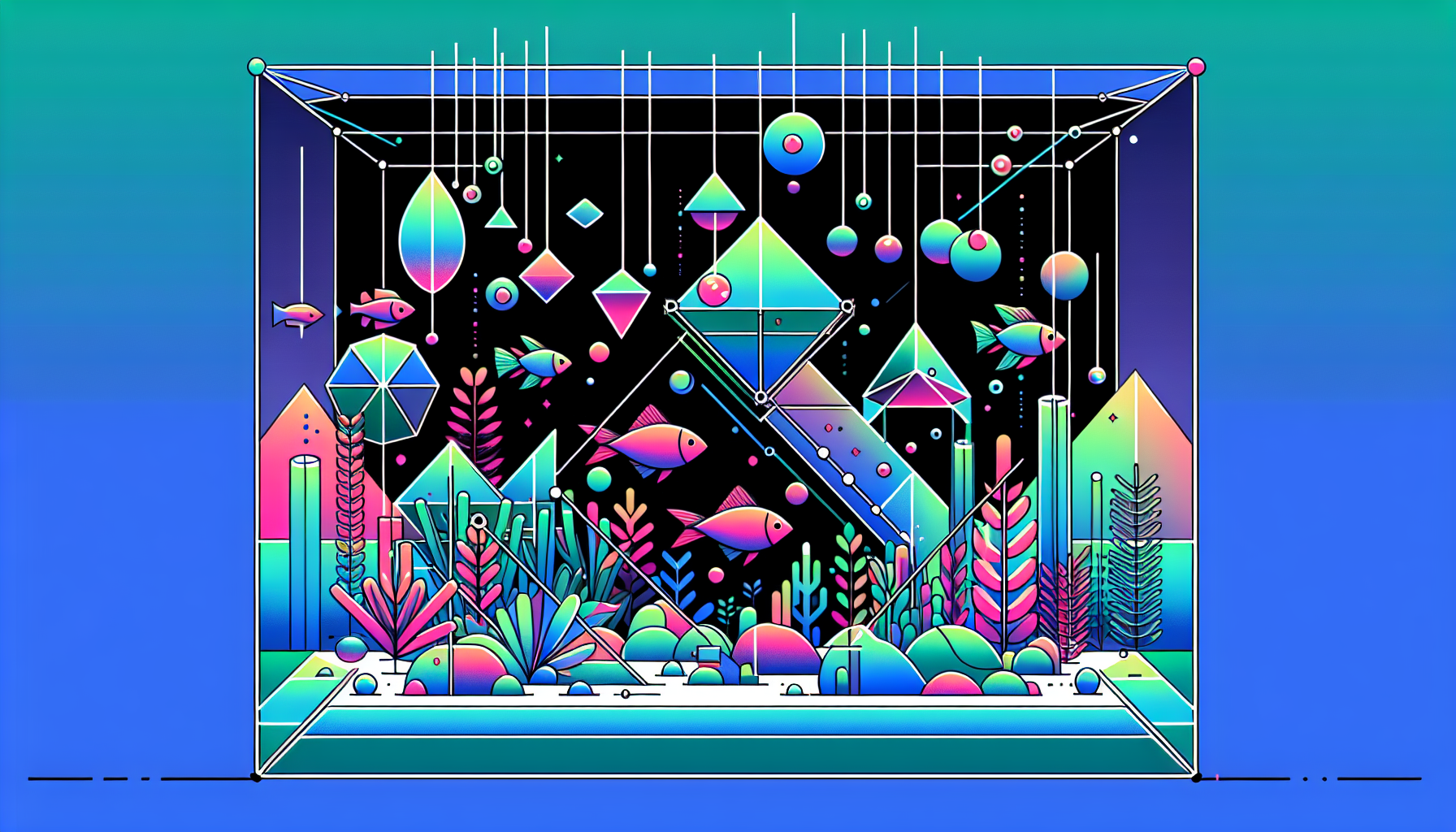The Complete Beginner’s Guide to Aquascaping: Tips, Tools & Easy Layouts
If you’ve ever been mesmerized by a lush, underwater landscape, you’ve likely discovered the magic of aquascaping. This artistic hobby combines aquarium care with creative design, turning a glass tank into a living masterpiece. Whether you’re new to freshwater planted tanks or looking for aquascaping inspirations, this beginner’s guide will set you up for success.
What is Aquascaping?
Aquascaping is the craft of arranging aquatic plants, rocks, driftwood, and substrate in a way that creates aesthetically pleasing underwater scenes inside an aquarium. It’s widely appreciated for its calming and natural look and is enjoyed by hobbyists of all skill levels.
Why Start Aquascaping?
- Pleasure of creating living art
- Improved water quality and healthier fish habitat
- Therapeutic benefits and a unique home décor element
- Large and supportive aquascaping community
Getting Started: Essential Aquascaping Tools & Materials
You don’t need to break the bank to begin aquascaping. Here’s the basic equipment you’ll need:
1. Aquarium Tank
Start with a glass tank (10–30 gallons is perfect for beginners). Smaller tanks can be tricky, while bigger tanks give more room for creativity.
2. Substrate
Substrate is the foundation for your plants. Nutrient-rich planted tank soils, fine gravel, or sand are excellent choices. For more detail, check our guide to the best substrates for planted aquariums.
3. Hardscape Elements
- Rocks: Dragon stone, Seiryu stone, and lava rock are favorites for dramatic layouts.
- Driftwood: Adds texture and creates hiding spots for fish.
4. Live Aquatic Plants
- Easy beginner plants: Java fern, Anubias, Cryptocoryne, Amazon sword
- See our top 10 easy aquarium plants for beginners
5. Lighting
LED lights designed for aquarium plants ensure healthy growth and vivid color.
6. Filtration & CO2
Reliable filtration keeps the ecosystem balanced. CO2 systems can boost plant growth, but are optional for beginners using hardy plant species.
7. Aquascaping Tools
- Curved scissors for trimming plants
- Pincette tweezers for planting
- Spatulas for leveling substrate
Easy Aquascape Layouts for Beginners
Some classic aquascaping styles are easier to start with. Here are three layouts to inspire your first creation:
Iwagumi (Stone Layout)
Minimalistic, relies on odd-numbered rocks as main features, with carpeting plants like dwarf hairgrass for lush green coverage. Simple, elegant, and low-maintenance.
Dutch Style
Focuses on different species and colors of plants without rocks or wood. Layers of leafy plants create visual depth—great for plant lovers.
Jungle Style
Natural, wild look using a variety of plants, driftwood, and sometimes rocks. Perfect for beginners, as it allows for more flexibility and is forgiving of “happy little accidents.”
Step-by-Step: Setting Up Your First Aquascape
- Plan your design: Sketch your layout and select plants/hardscape.
- Add substrate: Slope from back to front for depth.
- Place hardscape: Arrange stones and wood securely.
- Plant: Use tweezers to insert plants, placing taller species in the back.
- Fill with water: Slowly pour water to avoid disturbing your layout.
- Install equipment: Add filter, heater, and lighting.
- Cycle the tank: Let the aquarium run for several weeks before adding fish or shrimp.
Beginner Aquascaping Tips for Long-Term Success
- Keep it simple: Fewer species = easier maintenance.
- Research plant requirements (light, CO2, pruning frequency).
- Add a cleanup crew, like snails or shrimp, for algae control.
- Perform regular water changes and monitor water parameters.
- Be patient—aquascapes take time to mature and thrive!
Common Beginner Mistakes to Avoid
- Choosing plants incompatible with your lighting or water conditions.
- Overstocking the tank with fish too early.
- Skipping the tank cycling phase.
- Letting algae take over by overfeeding or too much light.
Join the Aquascaping Community
The journey is more fun alongside fellow aquascapers. Visit our forums to share photos, get feedback, and ask questions. Check out in-depth guides like How to Choose the Right Hardscape Materials and Common Aquascaping Mistakes and How to Avoid Them for continued learning.
Ready to Dive In?
Aquascaping is an incredibly rewarding hobby, offering both a creative outlet and a calming slice of nature for your home. Start small, learn as you grow, and enjoy the art of building your own underwater haven.
Ready to start your aquascaping journey? Explore our step-by-step tutorials, or join our community to ask questions and share your progress!



